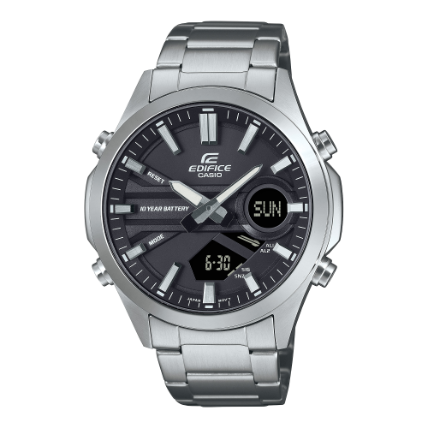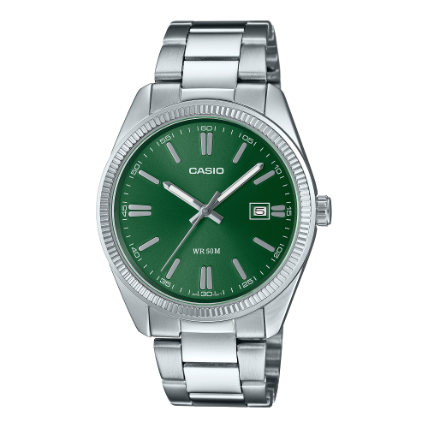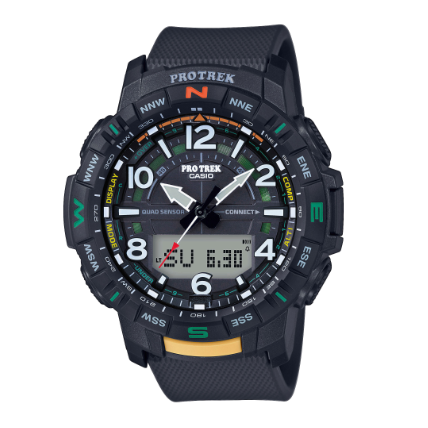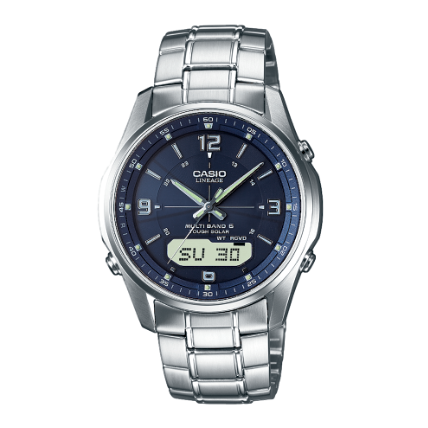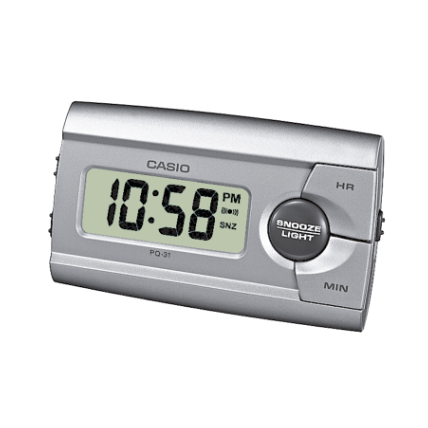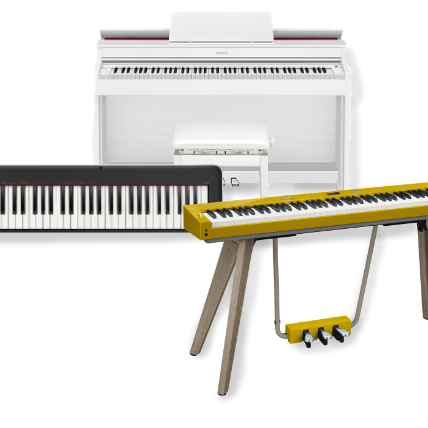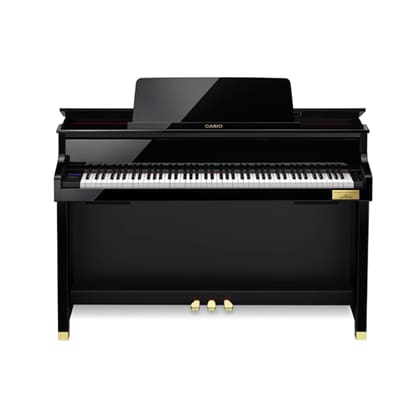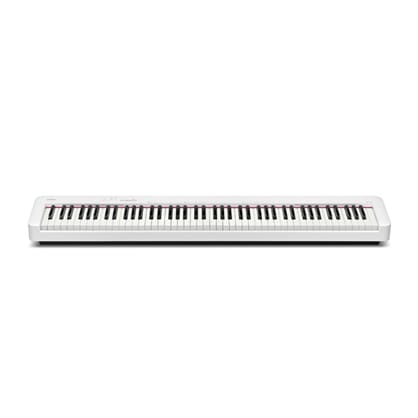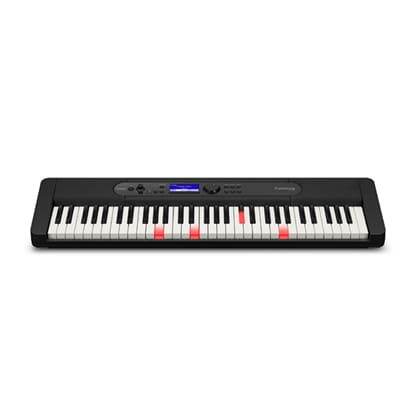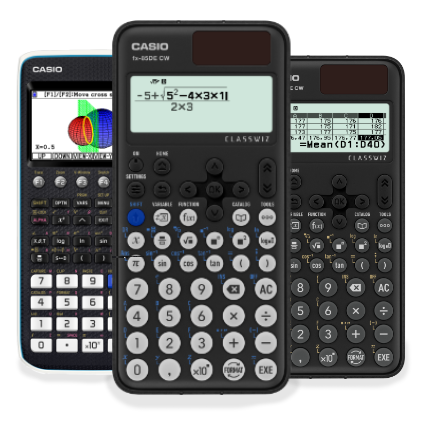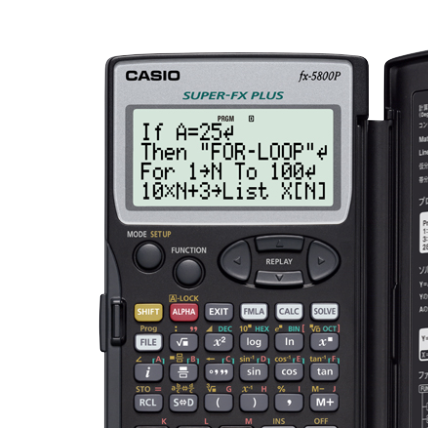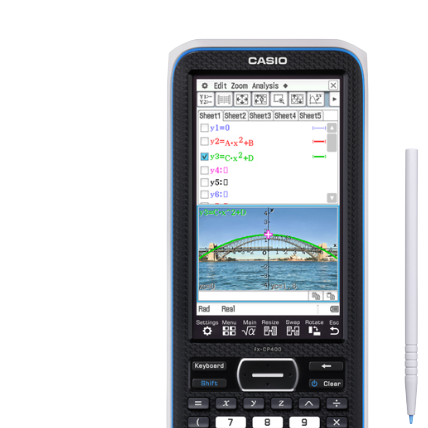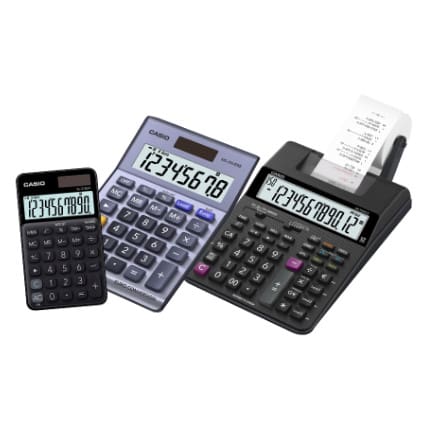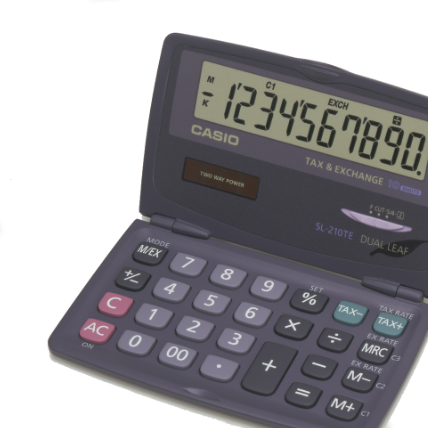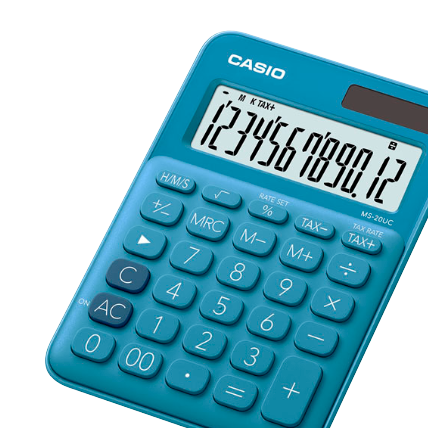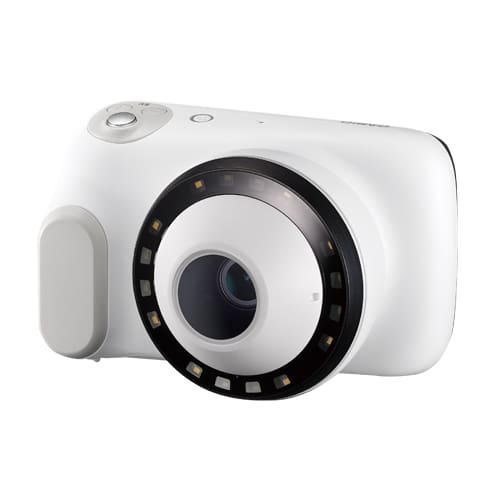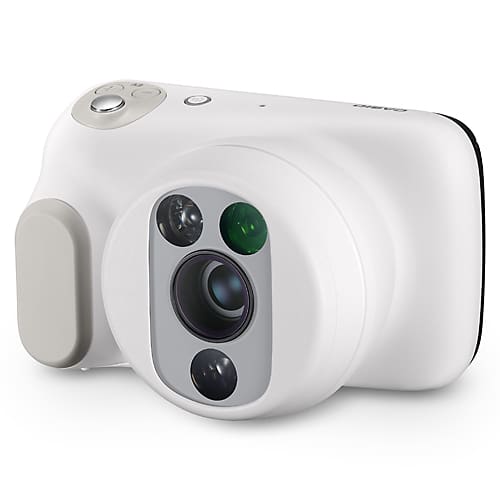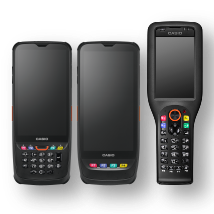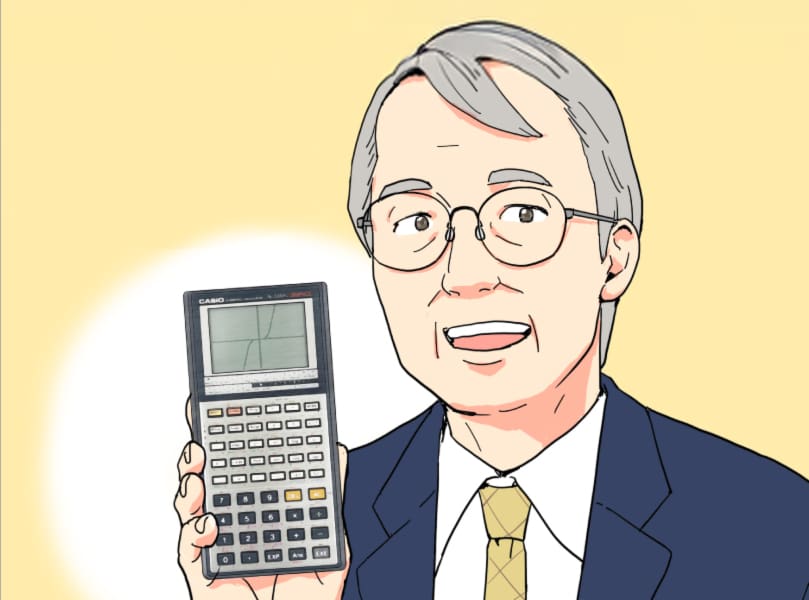
World’s First Graphing Calculator : fx-7000G Development Story
Graphing calculators are capable of taking numerical formulas and visualizing them in graphs. For this reason, they are widely used all over the world as an excellent educational support tool for deepening student learning and aiding understanding.
Although nowadays this kind of graphing ability is taken for granted, in the past, when these calculators were not available worldwide, it was a great challenge to try to make them more widespread.
Casio produced and released the world’s first graphing calculator, the fx-7000G. Here we will explore the story behind the development of this innovative product and what was required to make it a reality.
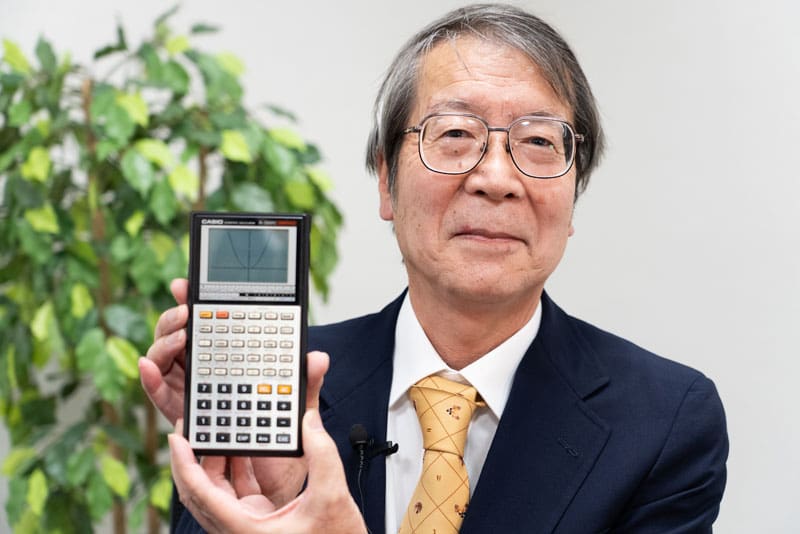
Hiroyuki Yoshino, fx-7000G developer
Joined Casio in 1979. For 41 years, he worked on the development of scientific calculators and educational support activities.
The Beginning of Scientific Calculators: The fx-1 Is Born
How did the scientific calculator come about? Calculators were the result of combining technology and passion aimed at freeing up users from having to make calculations. If people didn’t have to make so many calculations themselves, they could focus on more complex thinking. Work on this goal at Casio began in 1972, when the company released the first scientific calculator from Japan, the fx-1, to the world. This product received strong support from technical personnel and students. These groups of people could now use the calculator to process advanced formulas, something that they previously had to do by hand. The fx-1 was the beginning of further evolution in scientific calculators, including the fx-7000G.
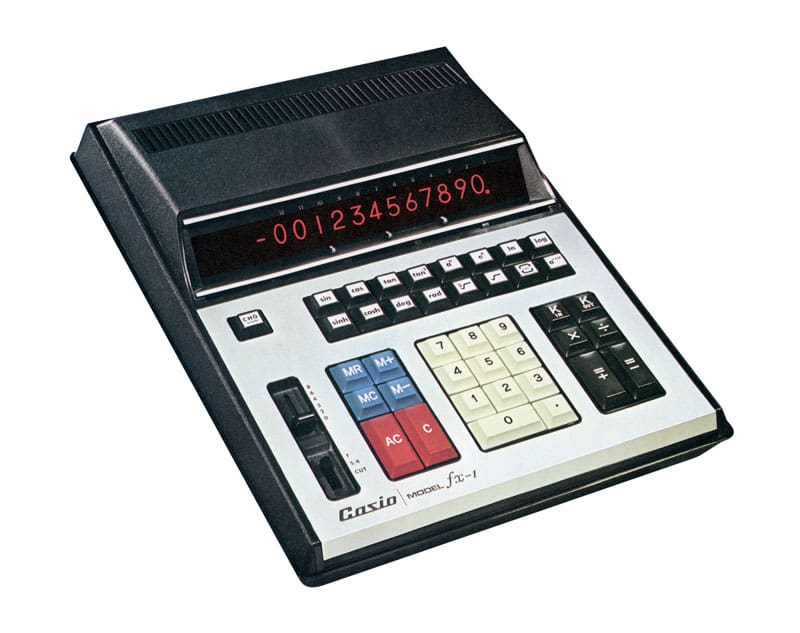
Visualization of Formulas and Tabular Data: Learning Innovations from the fx-7000G

In 1985, Casio released the world’s first scientific calculator with graphing functionality, the fx-7000G. The scientific calculators that had come before gave answers in the form of numerical values. But the fx-7000G was capable of displaying functions as line graphs, tabular data as bar graphs, and more. The calculator could use visualization to present concepts that are difficult to understand simply by looking at numbers. The fx-7000G was praised as an innovative product that supported learning, a true evolution of the calculator.
Everything Began from a Single Page Proposal
How did the fx-7000G graphing calculator get its start? One of the developers for the project, Hiroyuki Yoshino, looked back at that period and recalled, “The project began from the pages of mathematics textbooks.”
“From around 1980, scientific calculators weren’t used only by engineers. High school and university students were starting to use them, too. So we asked the question, what kind of scientific calculators would be useful for learning math? We then collected and examined mathematics textbooks from all over the world. We recognized that graphs, which are essential for math, could not be displayed by the scientific calculators of the time. We thought that we could improve math education by figuring out how to visualize graphs.”
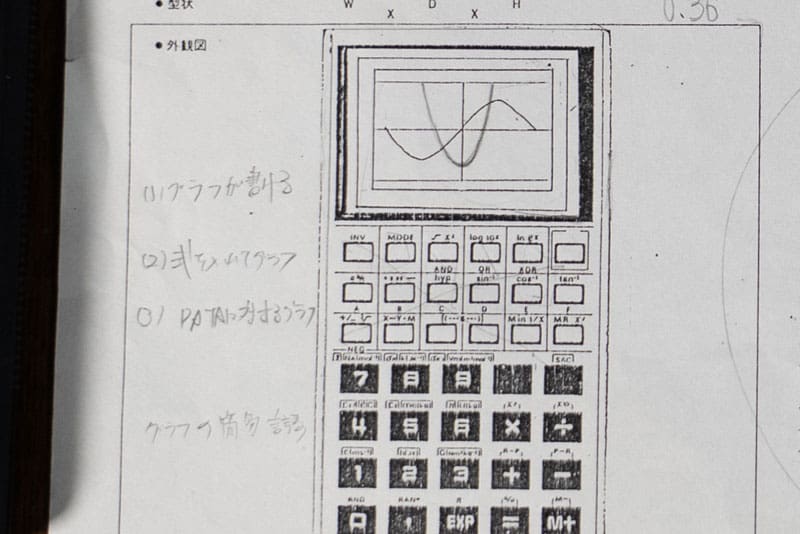
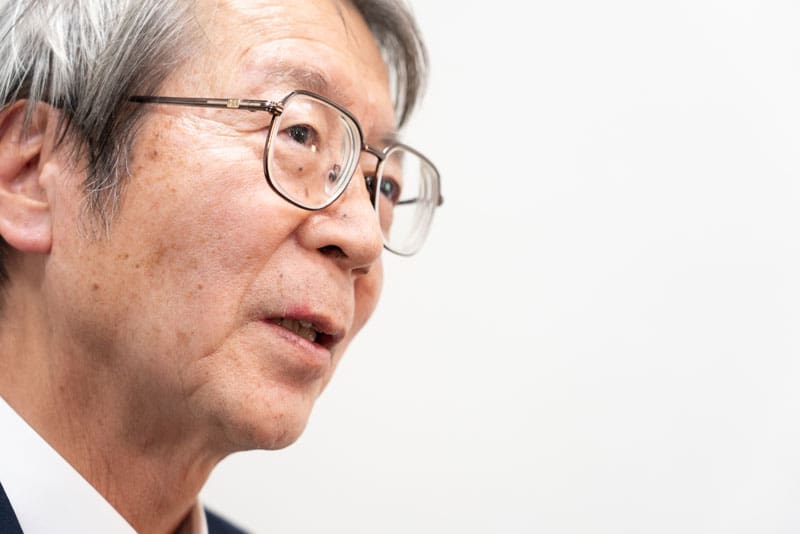
Yoshino resolved to figure out a way to create a scientific calculator that could produce graphs, and immediately wrote down his ideas in a one-page proposal in 1983. This proposal described drawing a graph for y=x2 on a calculator display. When he presented this proposal, the project was approved right away. And the developers wasted no time getting started with their work.
“No one had done anything like it yet. We didn’t know how we were going to get it to work. But we were excited, because we were going to use our own hands to create something that the world had never seen before.”
A Development Process of Continuous Trial and Error
The effort to create a completely new product from zero began like this.
“We were determined to create something that people would be excited about when we revealed it to the world. We knew that we had to show our users something that would amaze them. That was the kind of pride we had as developers.”
The team ran into a major problem trying to display the graphs. The usual methods couldn’t draw graphs with curves.
“We knew we had to use a full-dot display to draw the graphs properly, but that would increase power consumption. We also wanted the calculator to run on batteries so users could carry it around with them. To make sure the calculator was portable, we used a dot-matrix LCD and designed the calculator to use a low amount of power. We also thought about how to make the calculator in a convenient, handheld size, and how to make the display easy to read.”
The developers achieved the ability to draw graphs despite the various constraints involved, due to their ingenuity and persistence.
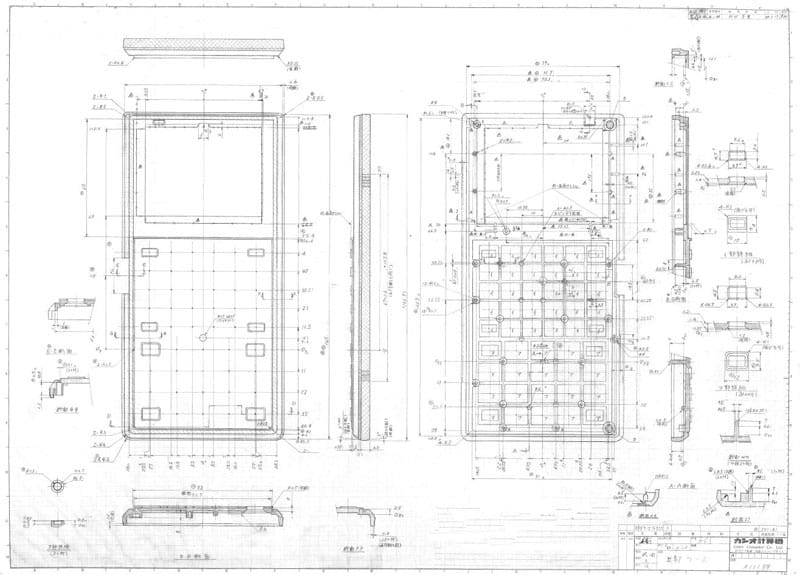
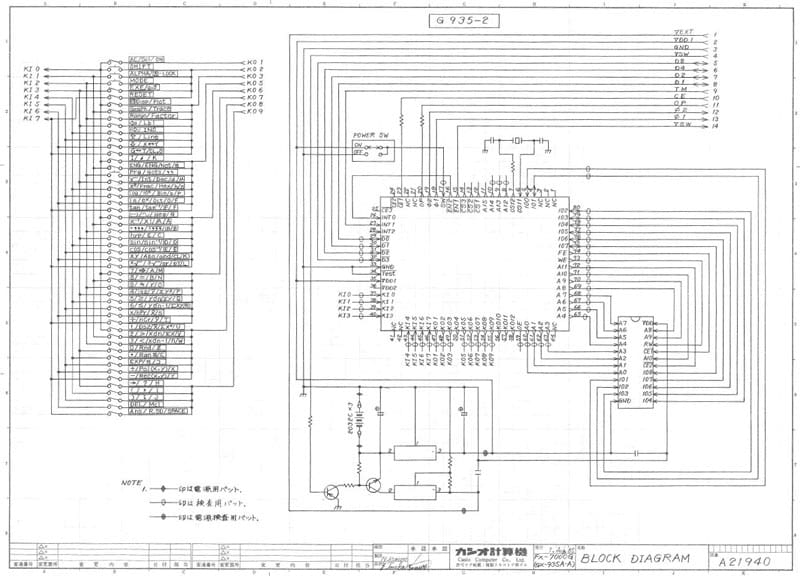
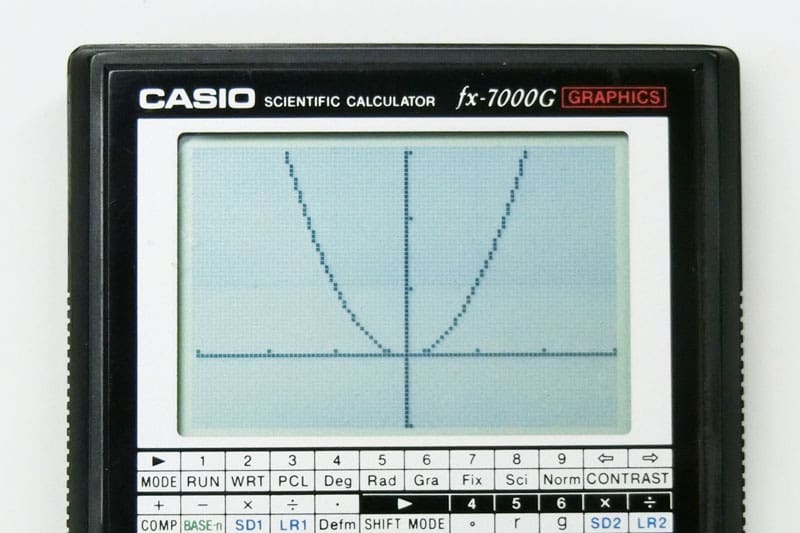
For the software as well, the way that the calculator would draw the graphs was another issue.
“As we looked at math textbooks and considered the functionality we would need, we thought about how we were going to draw graphs and display graph coordinates, and provide basic functions like zooming in and out. I think this was when we started thinking about having things like a menu with an icon display as well as interactive, intuitive operations. I always carried a notebook around with me so that I could write down any ideas that came to me, wherever I was. This was how new features got started.”
Yoshino described how, through trial and error, the team never stopped working. There were times when graphs wouldn’t show up or would display something unexpected. And he remembers very clearly, even now, the feelings he had when the graph for y=x2 finally appeared on a prototype calculator’s display. At last, the idea that he suggested in his proposal had become a reality.
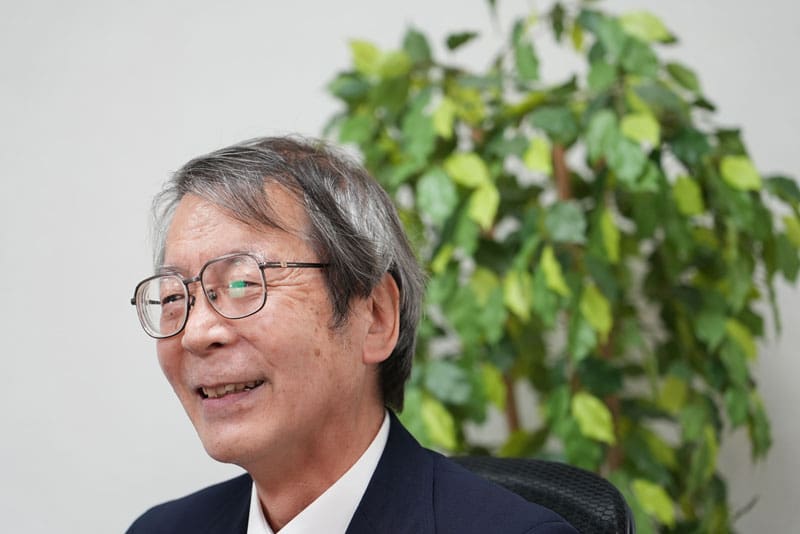
At Last: The World’s First Graphing Calculator
This process resulted in the completion of the fx-7000G in 1985.
“In the end, we were successful in creating a product that balanced the functionality and technologies we wanted with the cost and delivery schedule.”
Yoshino’s ideas extended not only to product development, but to the name of the product as well.
“I started from ‘fx,’ which is the brand name for Casio’s scientific calculators. Then, I thought about 7 being a lucky number, so we named the model the ‘fx-7000G.’”


That summer, the fx-7000G attracted a lot of attention at the Consumer Electronics Show (CES) in the United States.
“The teachers who came to the booth and used it would say things like, ‘Wonderful!’ I was so happy to hear that.”
After that, news of the revolutionary fx-7000G spread across many industries, with Yoshino being introduced at academic conferences by prominent figures in the education world as “the engineer who developed the first graphing calculator.”
Core Calculator Functionality in the Classroom
Yoshino points out that the fx-7000G did more than just draw graphs.
“I believe that, by displaying graphs along with calculations, the calculator led to the development of new learning styles that encouraged exploration and the development of logical-thinking skills.”
The release of the fx-7000G allowed for the use of calculators as educational tools in many countries, including the United States, France, Germany, and Australia. The use of calculators and adoption of technology in education quickly gained speed.
As an acknowledgment of the fx-7000G’s contributions to mathematics education, the calculator was included in the collection of the Smithsonian Institution in the United States. It can certainly be said that the fx-7000G occupies an important place in the history of scientific calculators.
Thereafter, Casio has continued to work with educators to introduce more functionality that would be easy to use in their classrooms. This process has produced results like the MS series of calculators, which allow users to enter information in a textbook-style format, as well as the ES series, which is capable of showing numerical formulas in the same way that they are presented in textbooks. In these and many other ways, Casio’s scientific calculators continue to evolve.


fx-82MS
fx-991ES
Scientific Calculators as Educational Tools to Support Exploration
The concept of what a scientific calculator should be has a strong connection to Yoshino’s own experiences during his time as a student.
“When I was a university student, I did a lot of manual calculations involving complex numbers and integrals to analyze circuits, and I wondered how a calculator might help me cut down on the time it took to do all of that. I’d also heard from many teachers that mathematics has three ‘barriers’ that make people not enjoy the subject. These are fractions, equations, and calculus. So I was always thinking about how to create some kind of tool that could break down these barriers and help students in their study of math.”
Scientific calculators need to be more than simple machines that output answers. They need to be educational tools that support explorative learning that involves personal testing, thinking, and discovery.
This is the kind of thinking behind the fx-7000G and, indeed, scientific calculators as a whole.

Looking to the Future: Casio's Concepts for Its Education Business

At Casio, from our corporate creed of “Creativity and Contribution,” we have derived the mission of generating creative ideas and new value, and then offering these contributions to society.
For its education business, Casio has defined the statement “Boost Your Curiosity” to represent our goal of supporting the growth and development of a “chain of curiosity” for each individual learner, where gaining new knowledge leads to the curiosity to discover more. We are engaged in various initiatives to meet this goal.
These ideals and approaches were not made overnight. Rather, they are a natural, continuous progression of what began with Yoshino’s desire to create a calculator that could draw graphs, which the world had never seen, as well as the efforts of the development team from that time.





